A week in Swiss politics
September 30, 2010, 11 Comments
Earthquakes don’t happen very often in Swiss politics, which has a reputation for being rather boring – in Switzerland as much as in the outside world. Consensus-building and permanent coalitions don’t provide good theatre. But all that changed last week with the election of two new ministers to the government. The aftershocks are still being felt.
It all started so well. At 10.19 am last Wednesday the election of Simonetta Sommeruga to the seven-member Bundesrat (or governing council) gave Switzerland a majority female government for the first time. And this only 39 years after women got the vote. That’s right. 1971 was the first time Swiss women could vote in federal elections, though at cantonal level they had been able to vote in Vaud since 1959. The first female government minister, Elisabeth Kopp, followed in 1984. 26 years later they are in charge, and not just in the Bundesrat. The speakers of both houses of parliament are currently women, as is the Federal Chancellor, the head of the civil service. It was a great moment for Swiss democracy, for Swiss women and for the Social Democrats (SP), Sommeruga’s party.
That seems a long time ago now. On Monday the Bundesrat announced the largest reshuffle of government departments in years, with the three small centre-right parties (FDP, CVP, BDP) giving themselves the plum jobs. Sommeruga ‘only’ got Justice & Police as her department – the first time in 50 years that the SP has not held one of the three top jobs, and they are hopping mad. Accusations of conspiracies, backstabbing, egoism, deals and lies have been flying around; suddenly politics in Switzerland sounds the same as in any other country. If anyone thought that having women in charge would make things cosier, they were so wrong; and if anyone believed politicians in Switzerland really were different, they have had their eyes opened this week. Consensus is all a facade; the current Bundesrat is about as consensual as date-rape.
As I explained fully in an earlier post, although the Bundesrat is chosen from the main parties, it is supposed to be above party politics, with no one party or person ever in control (the president is a figurehead post that rotates annually). It is government by committee. But this week has shown that Swiss politics is slowly but surely entering the real world, where it’s every women for herself. Yes, the system is still more grown-up than the yah-booh one in Britain or America, but it’s politicians we’re talking about, and they much the same everywhere.
For me, it was fascinating to notice that the Swiss view the three ‘big’ departments as Finance, Interior (or Home Office) and the one known as UVEK in German. That stands for Umwelt, Verkehr, Energie, Kommunikation (Environment, Transport, Energy and Communication). No sign of Foreign Affairs (which the SP still holds) – imagine Hillary Clinton being classed as less important than Ray LaHood . In America, and most others countries, the transport minister is one of the lowest ranks. Not in Switzerland.
This week was really just the opening shots of the general election in October 2011. As always, no one party will have a majority in the next parliament, so it will be the fluctuating cross-party loyalties that will determine the new Bundesrat next year. Already, this week’s events have raised some intriguing questions:
- the centre-right parties used their four Bundesrat votes to control the reshuffle. But even combined, they won’t ever have a parliamentary majority, so will they survive the backlash against them?
- the largest party, the right-wing SVP, failed again to get a second Bundesrat seat last week. But will they get enough support from others to win one next year?
- the SP still has two seats in the Bundesrat, though now feels betrayed by the centre-right parties. But without their votes, can the SP hold on to both its seats?
- new Finance Minister, Evelyn Widmer-Schlumpf (BDP), was only elected in 2007 with SP help. But with SP backing now unlikely, have her re-election chances vanished?
- newly-elected Johann Schneider-Amman (FDP) is already the forgotten Third Man in the Bundesrat. But will his being overlooked now turn out to be a strength next year?
A week is said to be a long time in politics. In Switzerland, this could be a very long year.





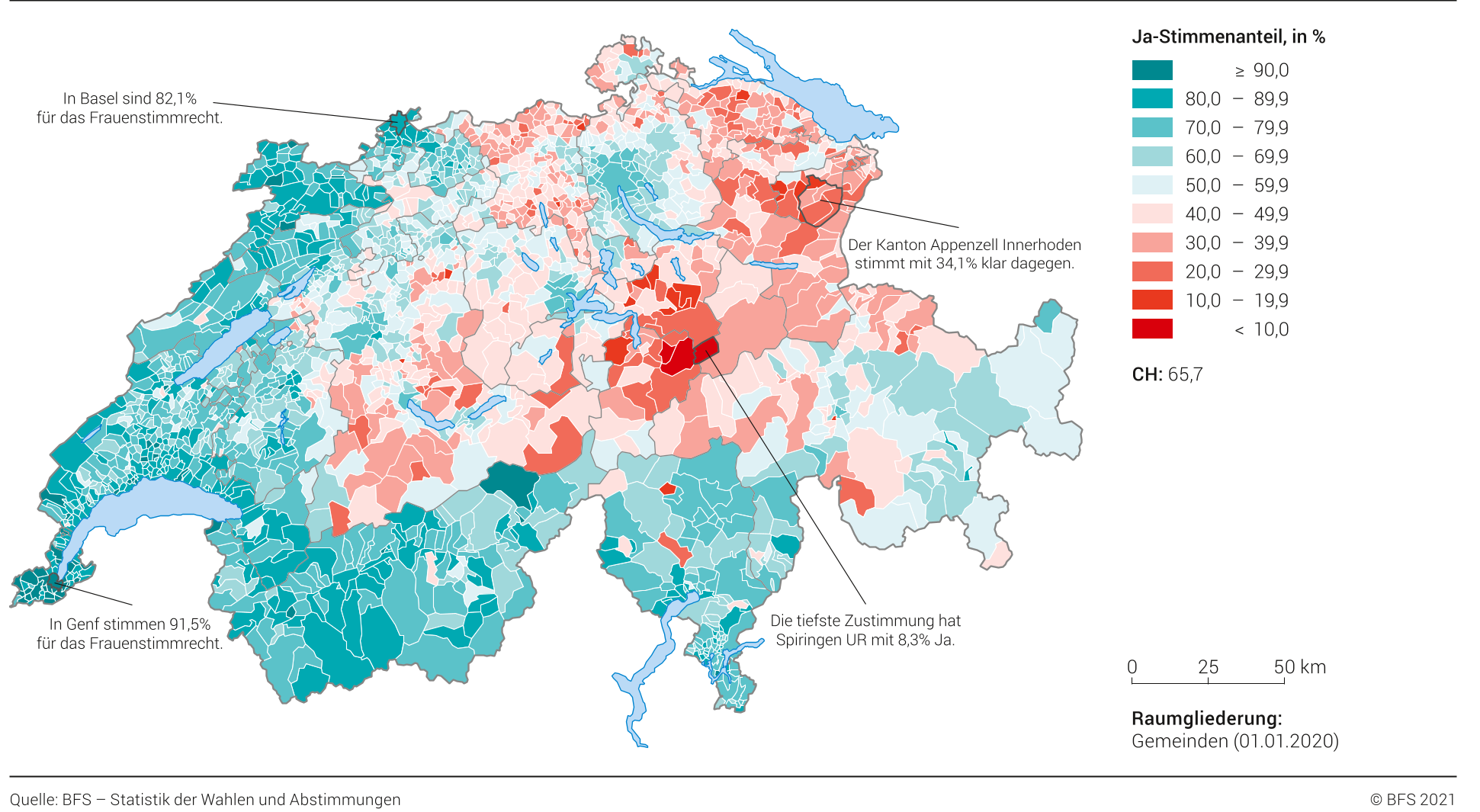

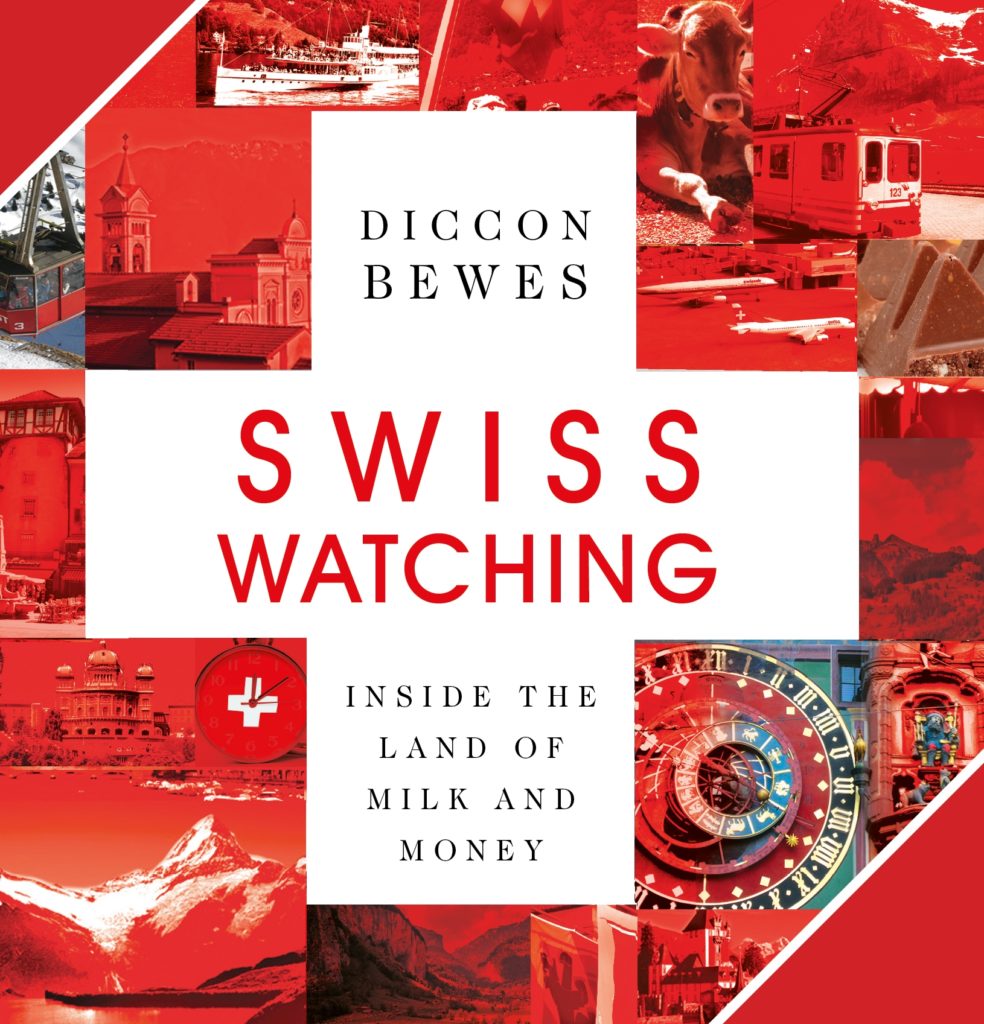
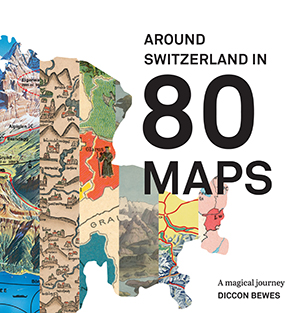

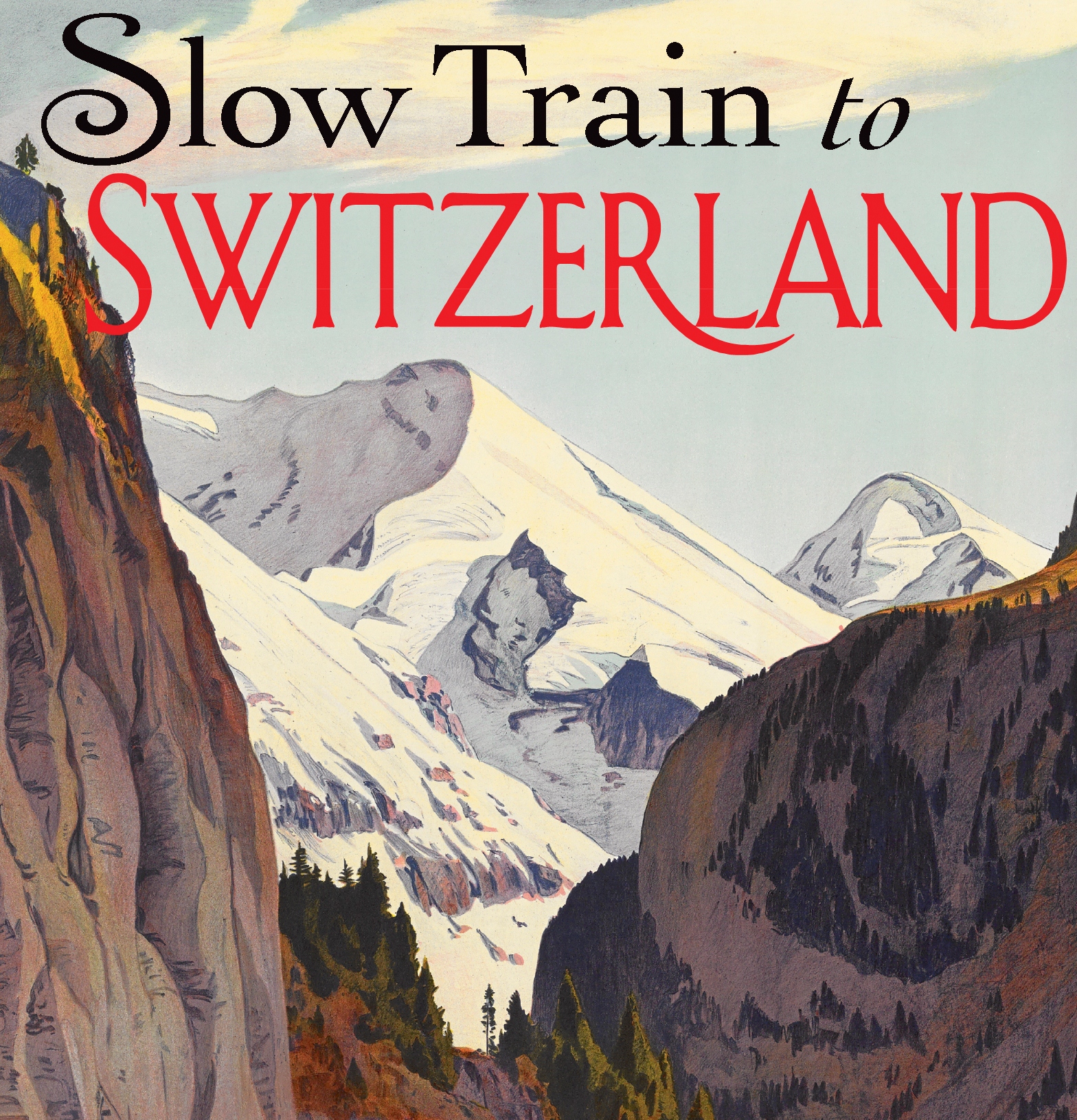
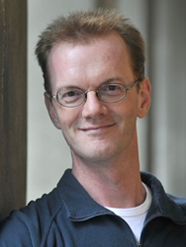
 Follow on Facebook
Follow on Facebook Follow on Twitter
Follow on Twitter Subscribe by RSS
Subscribe by RSS Contact me directly
Contact me directly Global Solutions Inc.
Global Solutions Inc.
11 Comments on "A week in Swiss politics"
Would you give more details about Switzerland’s political parties. I don’t know if right means conservative as an American would define conservative. Just what are the parties and what do they stand for would be helpful. If you have already written about this please direct me to your post and forgive me for not knowing. I have been reading your post for only about 6 months now.
If you don’t mind, I’ll try a short summary for some of the most important parties:
– FDP: The liberal “founding party” of modern Switzerland, having its roots in the liberal movement of the 19th century overthrowing aristocracy, once all-powerful (from 1848 to 1891, the Bundesrat consisted solely of members of the FDP resp. its predecessor parties!) and dominant far into the 20th century, but now reduced to a medium-sized party of medium influence, having lost a lot of votes mainly to the grown big parties left (SP) and right (SVP). The FDP is now seen mainly as a party for business and finance, advocating classical European economic liberalism, but no more a “people’s party”. They advocate close co-operation with the EU, but are against membership.
– CVP: The “Christian Democratic People’s Party of Switzerland”, once the “Catholic-Conservative Party”, having its roots in Catholic opposition to the liberal and anti-clerical FDP, nowadays seen as a moderately conservative party with some exponents leaning towards the left, some towards the right, all in all lacking profile.
– SP: The Social Democratic Party, the second-largest party in Switzerland after the SVP, positioned clearly to the left. More to the left than other Social Democratic parties in Europe. It is rooted in the 19th century’s worker movement. They advocate joining the EU, are at the same time against far-reaching economic liberalism, but socially very liberal and progressive. Strong public service (“Service public” in Swiss political language) is very important to the SP.
– SVP: Schweizerische Volkspartei, the “Swiss People’s Party”. The largest party in Switzerland, with nearly a third of the vote share in the last elections for the Nationalrat. Right-wing populist with isolationist tendencies, strongly opposed to joining the EU. The party infamous for its “black sheep” and anti-minaret campaigns. Originated in smaller parties with an agrarian and small business background (“Bauern-, Gewerbe- und Bürgerpartei”, “Demokratische Partei”). For a long time a kind of “junior partner” of the then larger conservative parties FDP and CVP.
– BDP: “Bürgerlich-Demokratische Partei” (“Conservative Democratic Party”), a very recent split-off of the SVP. The main cause of the split was the election of then-SVP member Eveline Widmer-Schlumpf into the Federal Council instead of incumbent SVP leader Christoph Blocher in 2007, which led to much ire in the SVP and the expulsion of Widmer-Schlumpf’s whole cantonal section (of Graubünden) from the party. The BDP is considered to be somewhat less far-right than the SVP.
The above are all parties which are present in the Federal Council. Another important party with a fair share of votes, but no seat in the Federal Council yet:
– Grüne, the Green Party. As one can expect, it’s an environmentalist party with a strong focus on pertinent matters, e.g. opposing nuclear energy (they don’t need to oppose fossil power plants, as Switzerland has none). Apart from this, they are fairly leftist, advocating joining the EU, immigration-friendly and economically center-left. There’s also a split-off party, called the “Grünliberale”, Green Liberals, which are economically more to the right.
There are several smaller parties with seats in the National Council, but the above are the most important ones.
Thanks Patrick. A far better summary than I could have written.
My pleasure 🙂
Maybe some additional explanation regarding the correlation liberal/conservative is in order, as I’m not sure this is clear to an American point of view: In approximately the first two thirds of the 19th century, the liberal parties (now the FDP) were the ones standing for social and economic progress, against the conservative adherents of the “old order”, e.g. the Catholic opposition. From the late 19th and in the 20th century, however, after the rise of the SP and the workers losing their trust in the liberals who more and more seemed to be “capitalist-backing” only, the FDP and its former adversaries together formed what is called “die Bürgerlichen”, i.e. the bourgeois/middle-class/conservative parties, as opposed to the progressive Social Democrats and later the Greens. The FDP is still advocating classical European liberalism, but this is no longer seen as something progressive, it’s a part of the “bürgerlich”, conservative political spectrum. In Swiss newspapers, when you see a reference to “die Bürgerlichen”, this means FDP, CVP, and SVP (and now the BDP, of course).
I think the hardest thing to explain to others is the concept of ‘Bürgerlich’ as there’s no real English translation (in political terms, at least). If we were to try to ranke the parties from left to right (or progressive to conservative) it would probably be: Greens, SP, FDP, CVP, BDP, SVP – although there is a bigger gap between the first two and the last four.
I’ve always seen the Greens slightly to the right of the SP. The split-off of the (FDP-policy leaning) “Grünliberalen” is symptomatic, in my opinion. My proposal from left to right would be: SP, Greens, CVP, FDP, BDP, SVP. Regarding the CVP: There’s a distinguished “christlich-soziale”, left-leaning faction within the party which shouldn’t be underestimated. On the other hand, there are also many die-hard rightwingers in the CVP, which makes the party as a whole difficult to classify.
Wow, thanks Patrick, I can’t say I totally understand all that you said but I now have a totally new picture of what Switzerland is like. Too me it seems a place where every individual has a say and therefore a party that represents their beliefs. Twenty-six little countries all with their beliefs. It is interesting that you have so many parties. I would imagine it is because everyone has a say in their government. They have a vote. Their beliefs are heard. We would do well to do that in America. Especially the part that allows them elect a new president every year.
Hi Janie. The main reason there are so many parties is that the voting system is one of proportional representation, so that even small parties can win a seat if they get enough votes. It’s not like in Britain or the US where it’s the party with the most votes who wins everything. As for the president being elected every year, that is sort of true – but he/she is not elected directly by the people (but by parliament) and can only be someone who is already a member of the Bundesrat (or government). And in all honesty, the president has no real power but is there to shake hands and make speeches. Someone has to! Next year is an election year in Switzerland, so it could be interesting to watch.
Maybe to add a bit about the many political parties and the big government coalition (if you look at the 4 parties present in the federal council, they have over 78% of the electoral vote behind them): The reason behind the whole thing probably lies in the fact that in Switzerland, every (new) federal law can be challenged by the people and a referendum (public vote) forced on it. Diccon has explained this very well in his book.
So basically, you could say “the opposition” is the people in that they can overthrow more or less every major decision made by parliament if they don’t agree. Coming from that, parliament (and also government) needs to find a compromise acceptable to the majority of the political forces, because otherwise the law would never stand a chance in a public vote. Unfortunately, the far right and the far left seem about to forget that important concept…
Will be interesting to see how it turns out. I for one don’t believe that a major political party can really go into opposition (in the classical sense) without causing the whole political process to come to a near-standstill…
Trackbacks for this post